Home>Garden Essentials>How Do Limes Grow Without Seeds
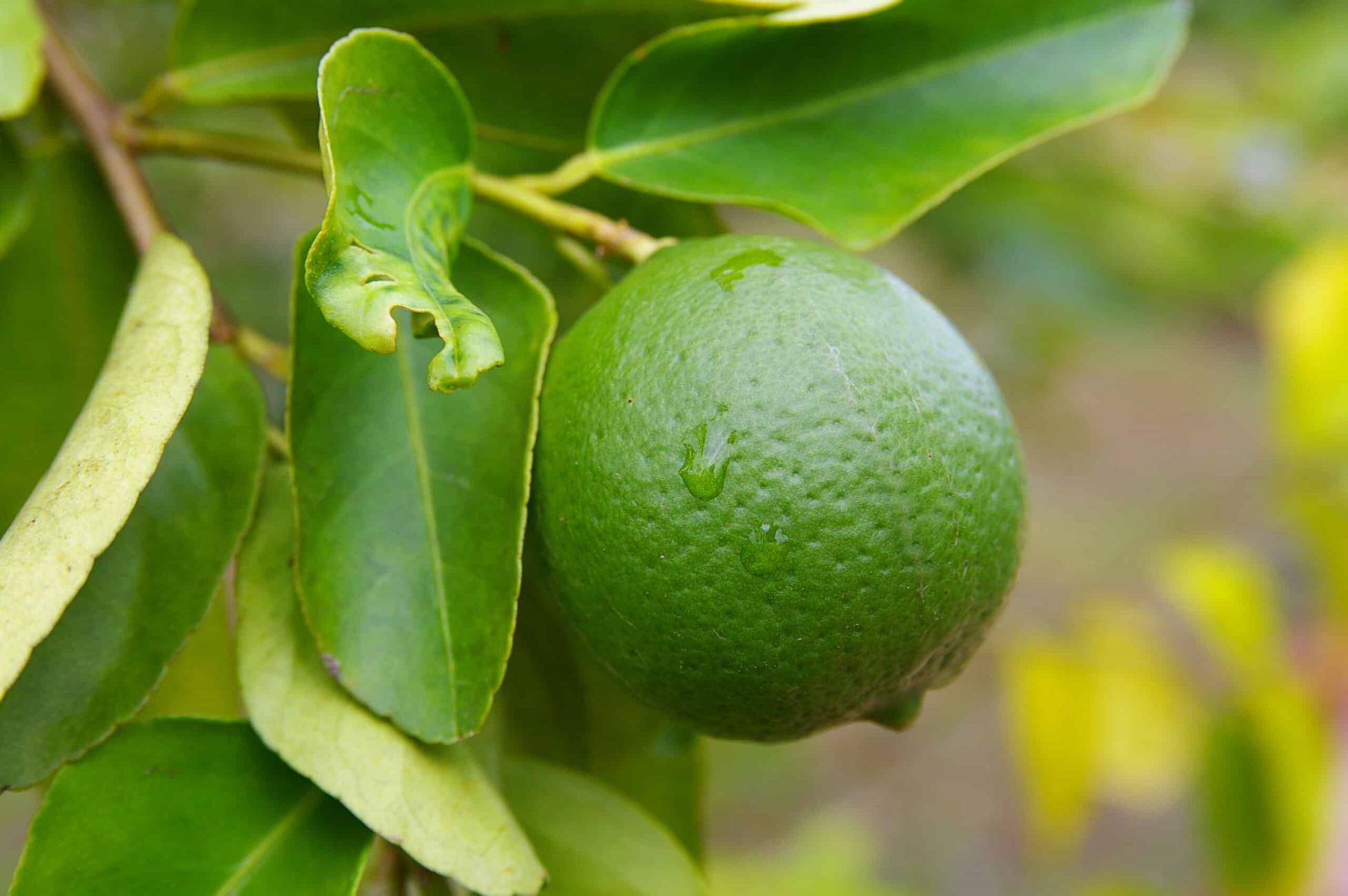

Garden Essentials
How Do Limes Grow Without Seeds
Modified: March 16, 2024
Learn how limes grow in your garden without seeds and discover the secrets of this fascinating process.
(Many of the links in this article redirect to a specific reviewed product. Your purchase of these products through affiliate links helps to generate commission for Storables.com, at no extra cost. Learn more)
Introduction
Welcome to the fascinating world of limes! Limes are not only a popular citrus fruit known for their zesty flavor, but they also hold a special intrigue when it comes to their reproduction. Unlike many other fruits, limes have the remarkable ability to grow without seeds. This unique characteristic has puzzled and captivated gardeners and citrus enthusiasts alike.
In this article, we will delve deep into the mysteries of how limes grow without seeds. We will explore the process of reproduction in limes, uncover the varieties of seedless limes, discuss the factors that influence their growth, and weigh the benefits and drawbacks of these intriguing fruits.
So, grab a refreshing limeade or a lime-infused cocktail, and join us on this journey to discover the secret behind the seedless wonders of the lime tree!
Key Takeaways:
- Seedless limes, like Persian and Mexican varieties, grow without seeds through a natural process called parthenocarpy, offering convenience and consistent flavor for culinary use.
- While seedless limes provide convenience and improved yield, their limited genetic diversity and dependence on grower intervention are important factors to consider.
Read more: How To Grow Lime Tree From Seed
What Are Limes?
Limes, scientifically known as Citrus aurantifolia, are small, round citrus fruits that belong to the Rutaceae family. They are native to Southeast Asia and are now cultivated in many tropical and subtropical regions around the world. Limes are known for their vibrant green color, tangy flavor, and refreshing aroma.
These versatile fruits are not only used in culinary applications but also in various beverages, desserts, and even for their medicinal properties. Limes are rich in vitamin C, antioxidants, and other beneficial compounds that contribute to their health benefits.
There are several varieties of limes, including key limes, Persian limes, and Kaffir limes, each with its distinct characteristics and uses. While limes are commonly consumed in their fresh form, they are also transformed into juice, essential oils, and zest, adding a burst of flavor to numerous dishes and drinks.
Now that we are familiar with limes, let’s explore how these intriguing fruits reproduce, and why some limes can grow without seeds.
Reproduction in Limes
Like other citrus fruits, limes have a unique method of reproduction. They are flowering plants and rely on a combination of sexual and asexual reproduction to propagate. The primary mode of reproduction in limes is through flowering and pollination.
Lime trees produce small, fragrant flowers that are typically white or cream in color. These flowers are pollinated by bees, butterflies, or other insects that carry pollen from the male parts (stamens) to the female parts (pistils) of the flower. This natural process allows for the fertilization of the flower, leading to the development of seeds within the fruit.
In most cases, limes contain numerous seeds within their pulpy interior. These seeds are crucial for sexual reproduction, as they carry the genetic information necessary for producing new lime trees. However, there are certain lime varieties that have the remarkable ability to grow without seeds.
So, how do seedless limes come into existence? Let’s explore seedless lime varieties in the next section.
Seedless Lime Varieties
While the majority of lime varieties contain seeds, there are a few notable seedless lime varieties that have gained popularity among citrus enthusiasts. These seedless lime varieties are the result of natural mutations or specific breeding programs aimed at producing fruit without seeds.
One well-known seedless lime variety is the Persian lime, also known as the Bearss lime. This lime variety is seedless, making it a favorite choice for culinary purposes. The Bearss lime tree produces abundant fruit without the need for cross-pollination, making it a reliable and convenient option for home gardeners and commercial growers alike.
Another popular seedless lime variety is the seedless Mexican lime, also called the Mexican Sweet lime or the Sweet lemon. This lime variety is prized for its lack of seeds and its sweeter flavor compared to other lime varieties. The seedless Mexican lime is widely used in Mexican cuisine and is also a common ingredient in beverages and desserts.
Seedless lime varieties are not limited to just these two examples. Depending on the region and specific cultivars, there may be other seedless lime varieties available. These seedless limes exhibit all the desirable characteristics of regular limes while eliminating the inconvenience and hassle of dealing with seeds.
Now that we have explored the seedless lime varieties, let’s dive into the intriguing process of how these seedless limes actually grow on the tree.
Limes can grow without seeds through a process called vegetative propagation. This can be done by taking cuttings from a healthy lime tree and planting them to grow new trees.
How Do Seedless Limes Grow?
The growth of seedless limes follows a fascinating process that involves a combination of natural genetic mutations and specific cultivation techniques. While regular limes rely on pollination and fertilization to produce seeds, seedless lime varieties have adapted to reproduce without the need for pollination.
Seedless limes, such as the Persian lime or the seedless Mexican lime, typically develop from flowers that have not been fertilized. This is known as parthenocarpy, a natural process where the fruit develops without the formation of seeds. Instead of relying on pollen to fertilize the flower, seedless lime trees produce fruit without any genetic contribution from male pollen.
This parthenocarpic development is often a result of genetic mutations that affect the reproductive structures of the lime tree. These mutations can prevent the development of functional pollen or hinder the fertilization process. As a result, the flowers are unable to produce seeds but are still capable of developing into mature fruit.
Additionally, specific cultivation techniques can also influence the growth of seedless limes. By carefully selecting and propagating lime trees with the desired seedless traits, growers can cultivate orchards of seedless lime trees. This can involve grafting or cloning techniques to ensure the propagation of seedless varieties.
It is important to note that even though seedless limes do not contain seeds, they still undergo the same growth and maturation process as regular limes. The fruit starts as small, green buds on the tree and gradually matures into larger, ripe limes. The absence of seeds in seedless limes does not affect their taste or quality, allowing them to be enjoyed in the same way as their seeded counterparts.
Now that we have explored the growth of seedless limes, let’s take a look at the factors that can influence their growth and development.
Read more: How To Grow Clementines Without Seeds
Factors Affecting Seedless Lime Growth
Several factors can influence the growth and development of seedless limes. These factors play a crucial role in ensuring the health and productivity of the lime tree, as well as the quality of the seedless fruit it produces.
1. Climate: Seedless limes thrive in warm, tropical and subtropical climates. They require a sufficient amount of sunlight, warmth, and a frost-free environment for optimal growth. Extreme cold temperatures can damage or even kill the lime tree, so it is important to consider the climate before planting seedless lime trees.
2. Soil Conditions: Lime trees, including seedless lime varieties, prefer well-draining soil with a pH level between 6 and 7. They are not tolerant of water-logged or overly acidic soil. Adequate soil fertility, organic matter, and a balanced nutrient profile are essential for the healthy growth of seedless lime trees.
3. Watering and Irrigation: Like most citrus trees, seedless limes require regular and consistent watering. However, overwatering can lead to root rot, so it is important to ensure proper drainage. Drought stress can also negatively impact seedless lime growth, so it is important to maintain a balance in watering the tree.
4. Pruning and Maintenance: Regular pruning helps maintain the shape and structure of the lime tree, as well as promotes airflow and sunlight penetration. Pruning also helps to remove diseased or damaged branches, ensuring the overall health of the tree and promoting better fruit production.
5. Pest and Disease Management: Lime trees, including seedless lime varieties, are susceptible to various pests and diseases. Common pests include aphids, citrus leaf miners, and citrus psyllids, while diseases such as citrus canker and citrus greening can affect tree health. Proper pest and disease management practices, including regular monitoring and appropriate treatments, are essential for the successful growth of seedless limes.
By considering these factors and implementing proper care, lime growers can ensure favorable conditions for the growth and development of seedless limes, leading to healthy trees and bountiful harvests.
Now that we have explored the factors affecting seedless lime growth, let’s weigh the benefits and drawbacks of these intriguing fruits.
Benefits and Drawbacks of Seedless Limes
Seedless limes offer several benefits that make them attractive to both consumers and growers. However, there are also a few drawbacks to consider. Let’s explore both sides of the coin.
Benefits:
- Convenience: One of the primary benefits of seedless limes is their convenience. The absence of seeds makes them easier to use in cooking, juicing, and garnishing without the hassle of removing seeds. This not only saves time but also enhances the overall dining experience.
- Consistency: Seedless limes offer consistency in flavor and texture. With the absence of seeds, each fruit provides a uniform taste, making them ideal for recipes that require precise measurements and consistent results.
- Improved Yield: From a grower’s perspective, seedless lime varieties often have higher productivity. Since these trees do not invest energy in producing seeds, they can allocate more resources towards fruit development and growth, resulting in higher overall yield.
- Market Demand: Seedless limes have gained popularity in the market due to their desirable characteristics. Consumers often prefer seedless fruits, making seedless limes a sought-after choice in culinary applications and the beverage industry.
Drawbacks:
- Limited Genetic Diversity: Seedless limes are typically propagated through grafting or cloning techniques, which limits their genetic diversity. This can make them more susceptible to diseases or environmental changes since their genetic variations are limited.
- Dependence on Grower Intervention: Seedless lime trees often require more care and intervention from growers to maintain their seedless traits. Grafting, cloning, and other cultivation techniques may be necessary to ensure the propagation of seedless varieties, making their cultivation more labor-intensive.
- Reduced Reproduction: Since seedless lime trees do not produce viable seeds, they cannot reproduce through traditional means. This limits the opportunity for these varieties to adapt and evolve naturally through sexual reproduction.
In summary, seedless limes offer convenience, consistency, and improved yield, making them a popular choice for consumers and growers. However, their limited genetic diversity, dependence on grower intervention, and reduced reproductive abilities are important factors to consider.
Now that we have weighed the benefits and drawbacks of seedless limes, let’s wrap up our exploration of these fascinating citrus fruits.
Conclusion
In conclusion, limes are an incredibly diverse and fascinating fruit. While most limes contain seeds, there are seedless lime varieties that offer unique advantages in the culinary world. These seedless limes, such as the Persian lime and seedless Mexican lime, have the ability to grow without seeds through a process known as parthenocarpy.
Seedless limes have gained popularity due to their convenience, consistency in flavor and texture, improved yield, and market demand. They are a favorite choice for home cooks, bartenders, and commercial food producers alike. However, it is important to consider the limited genetic diversity, the reliance on grower intervention, and the reduced reproductive abilities of seedless lime varieties.
Whether you’re enjoying a refreshing limeade, zesting a lime for a citrusy dessert, or adding the tangy juice to your favorite dish, limes bring a burst of flavor to our lives. The seedless varieties of limes add an additional layer of convenience and consistency to our culinary endeavors.
So, the next time you reach for a lime, appreciate the wonder of its growth without seeds. And remember, behind every seedless lime lies a remarkable combination of natural genetic mutations, cultivation techniques, and the careful care of growers.
Now that you have a deeper understanding of how seedless limes grow, go forth and explore the vibrant world of citrus. Whether it’s in your garden, in the kitchen, or at the dining table, let the flavors of limes brighten your days and add a zesty twist to your culinary adventures.
Frequently Asked Questions about How Do Limes Grow Without Seeds
Was this page helpful?
At Storables.com, we guarantee accurate and reliable information. Our content, validated by Expert Board Contributors, is crafted following stringent Editorial Policies. We're committed to providing you with well-researched, expert-backed insights for all your informational needs.
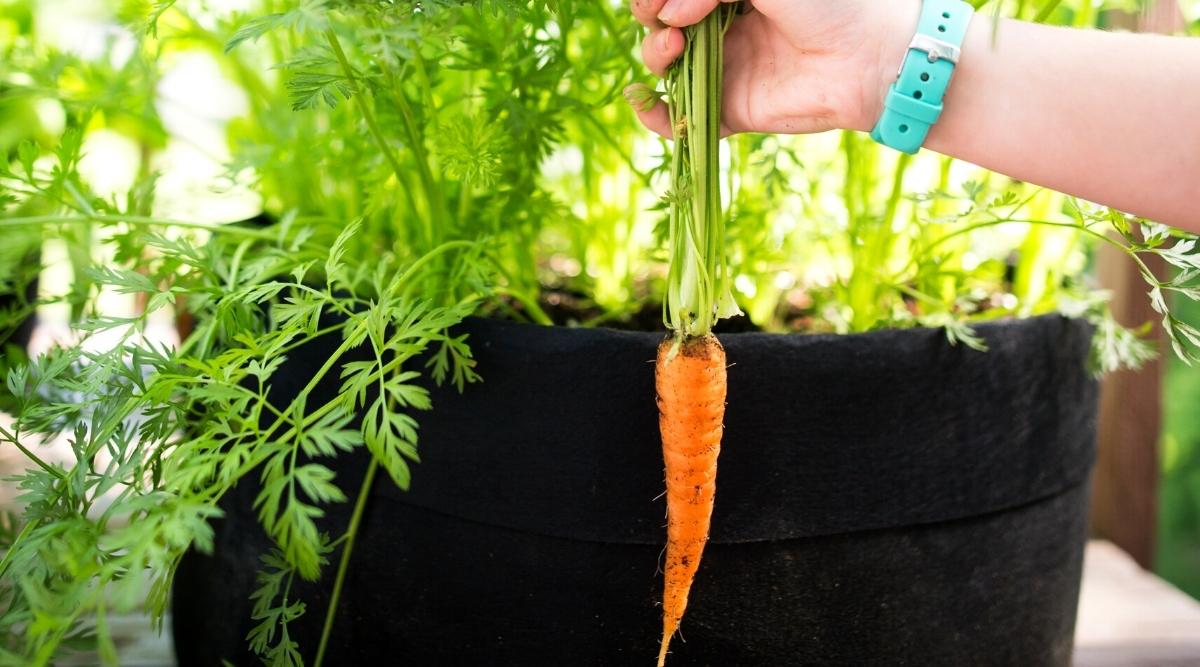
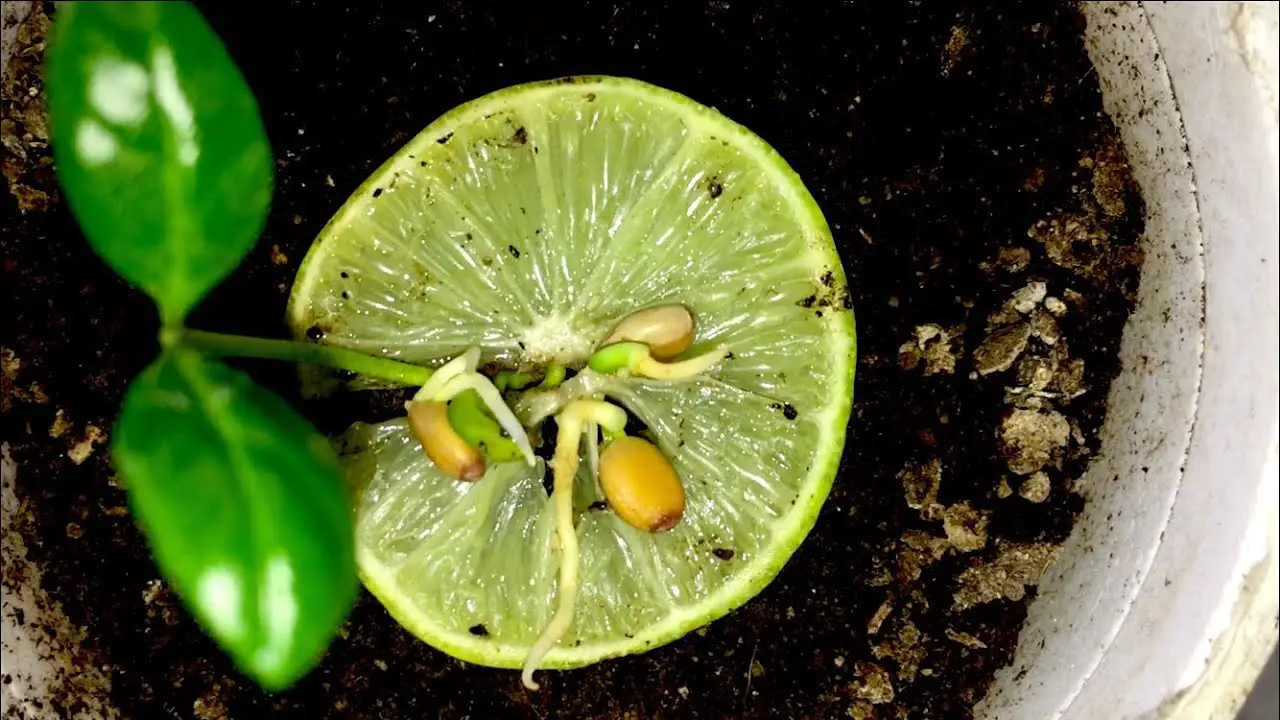
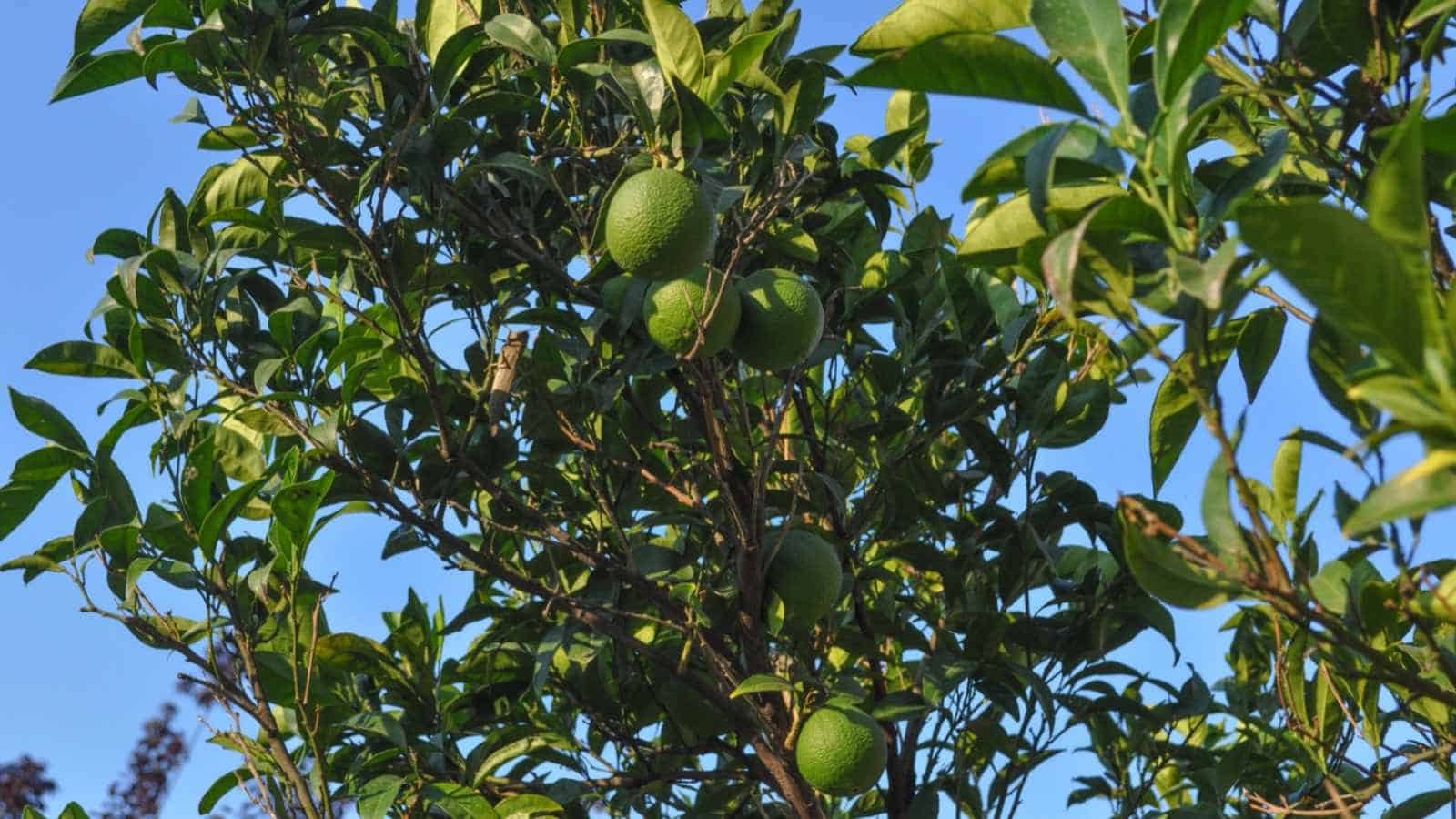

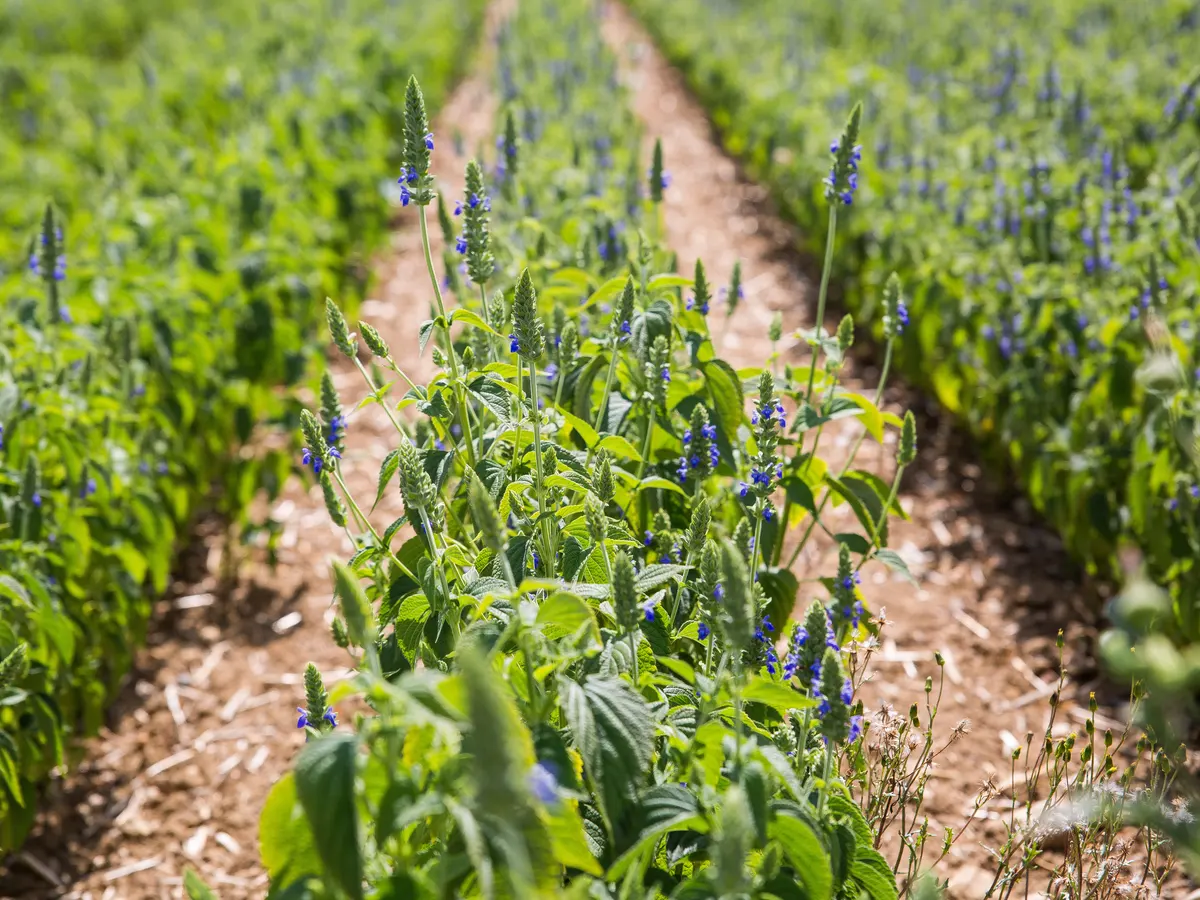
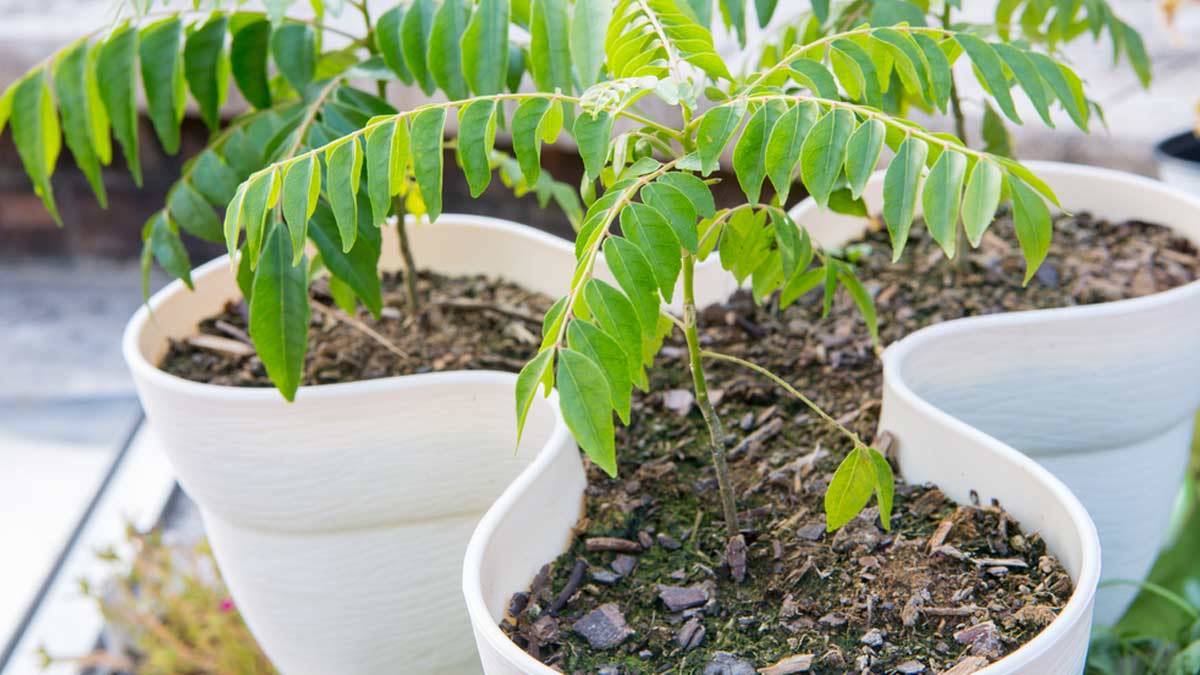
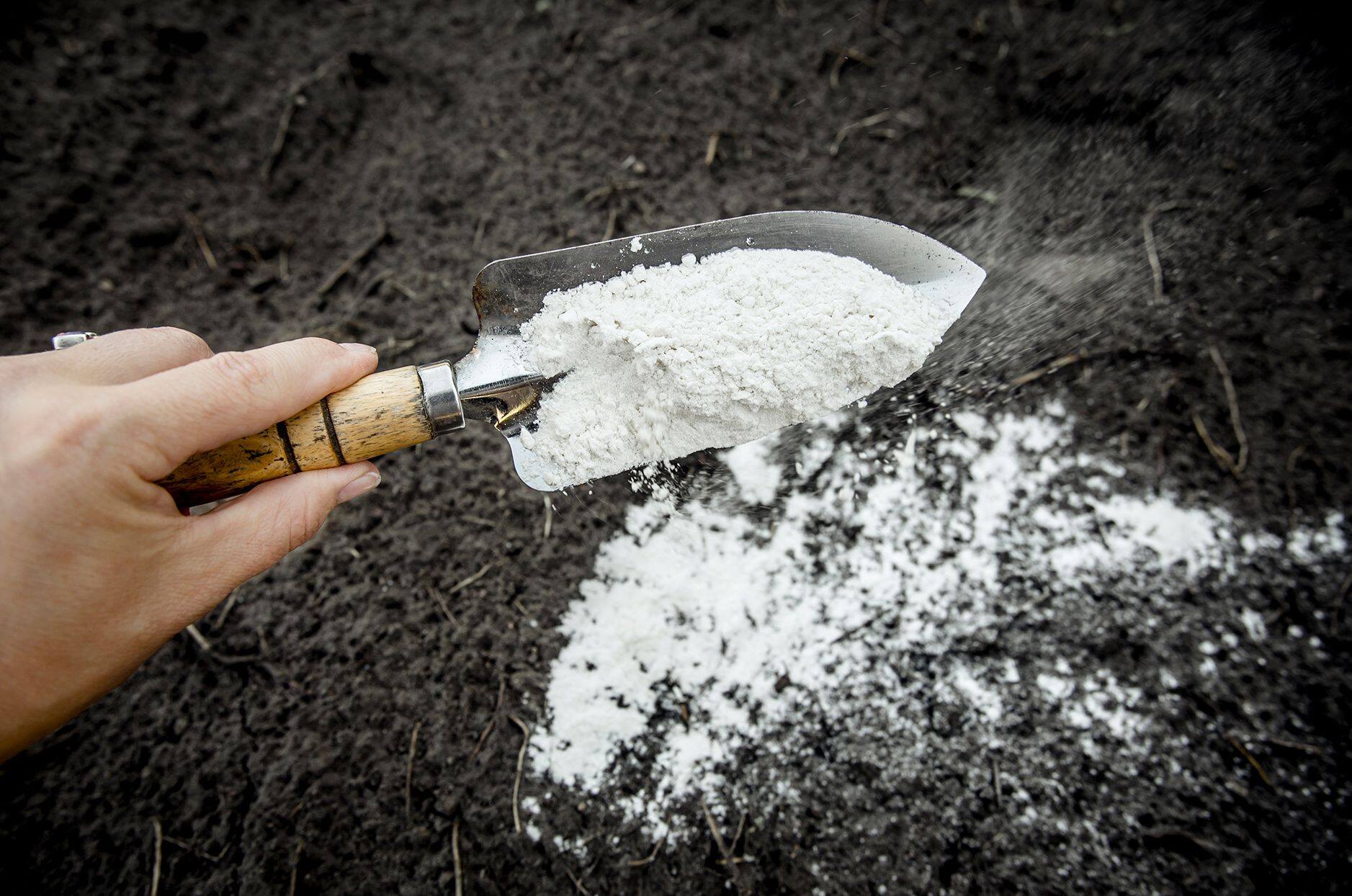
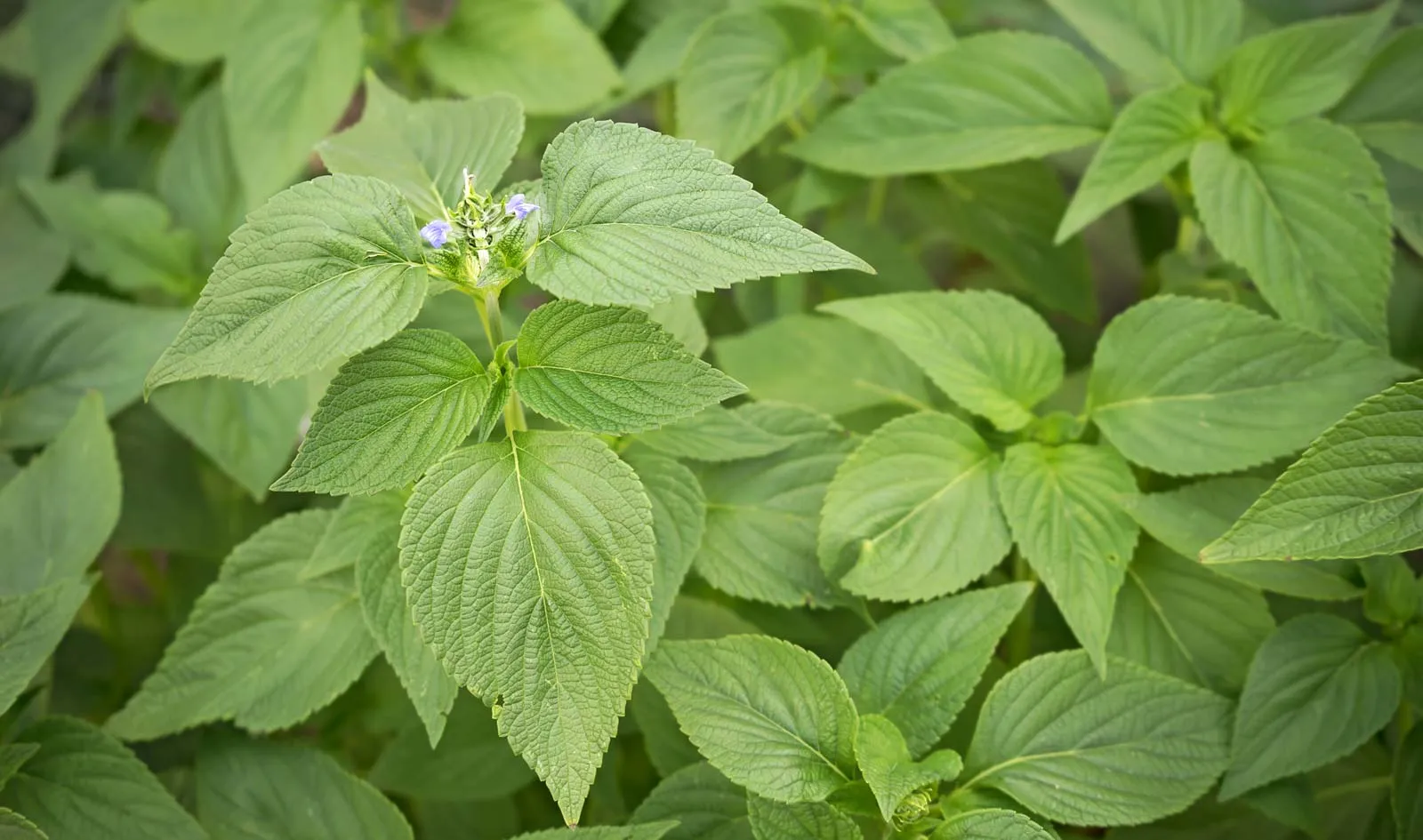

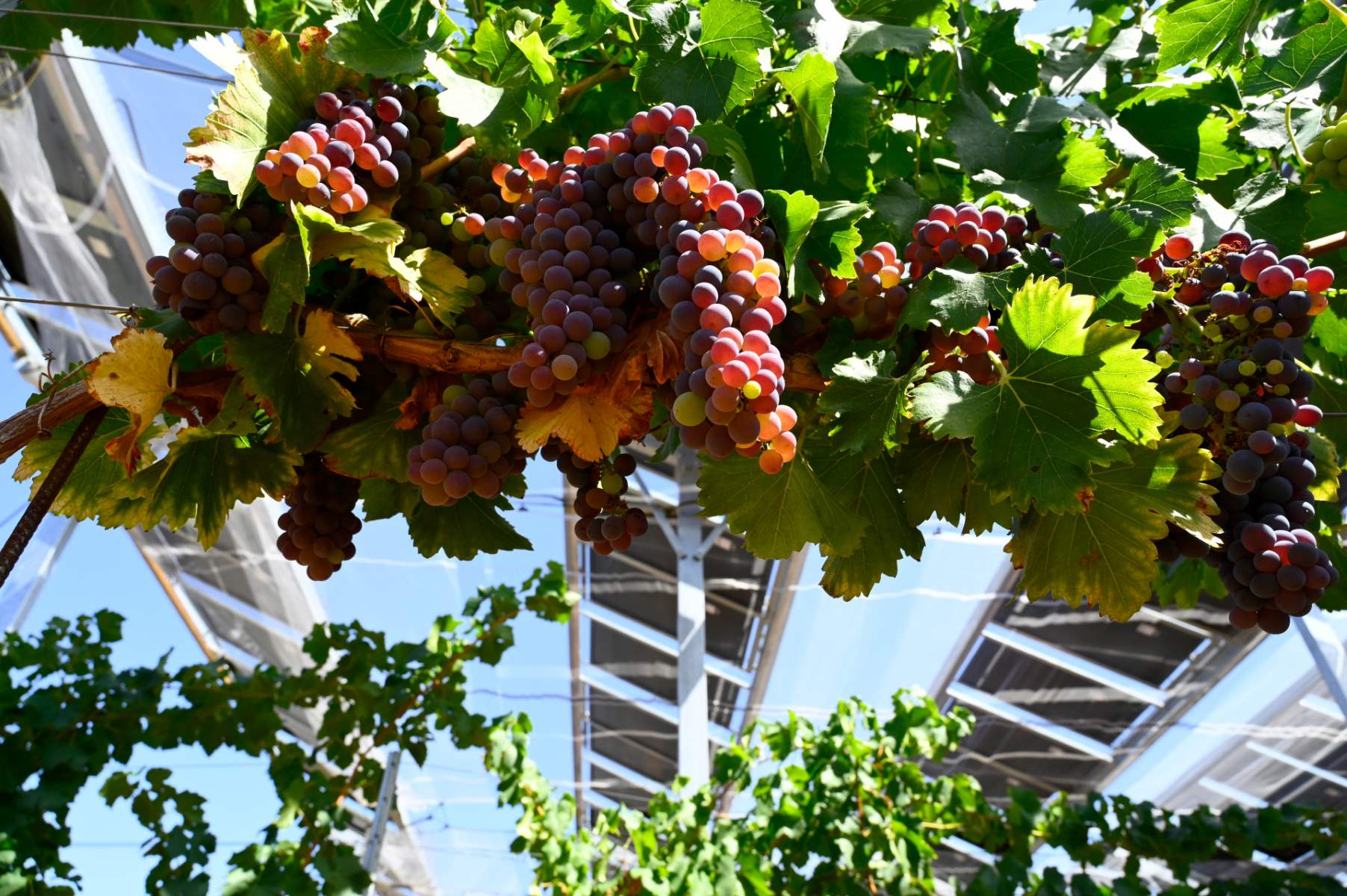
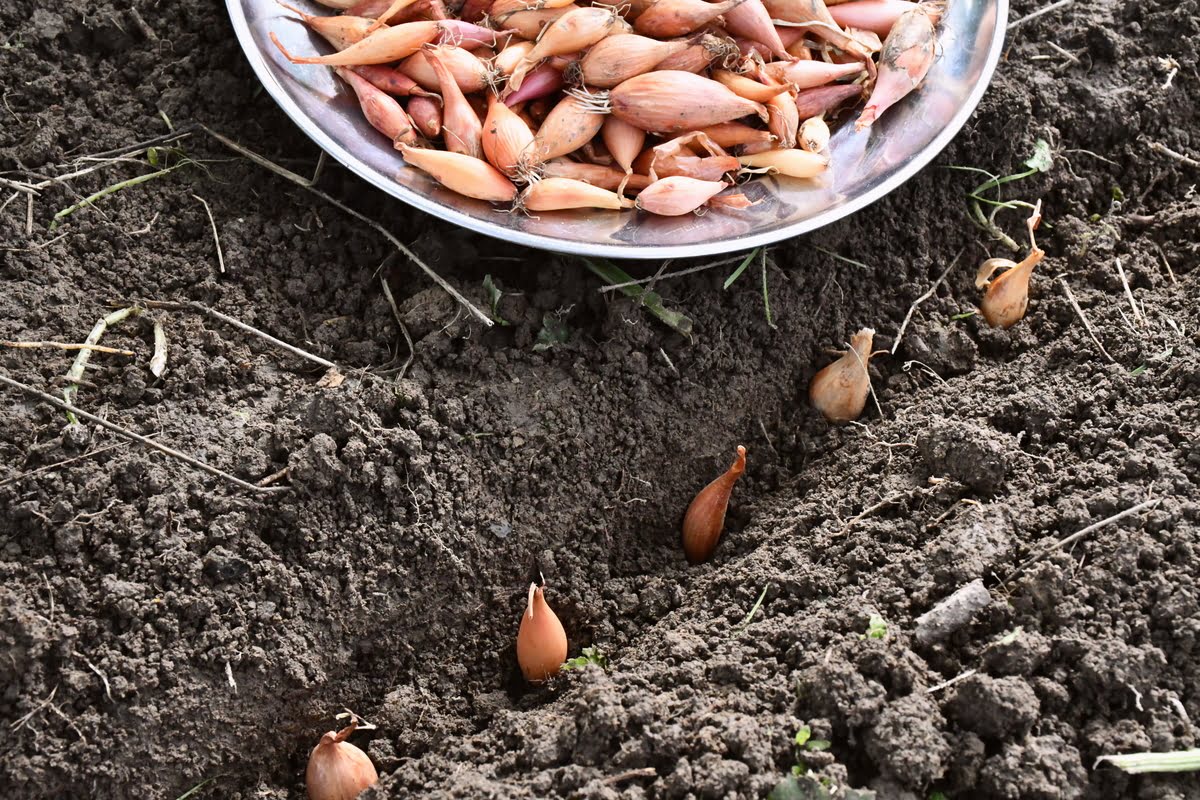
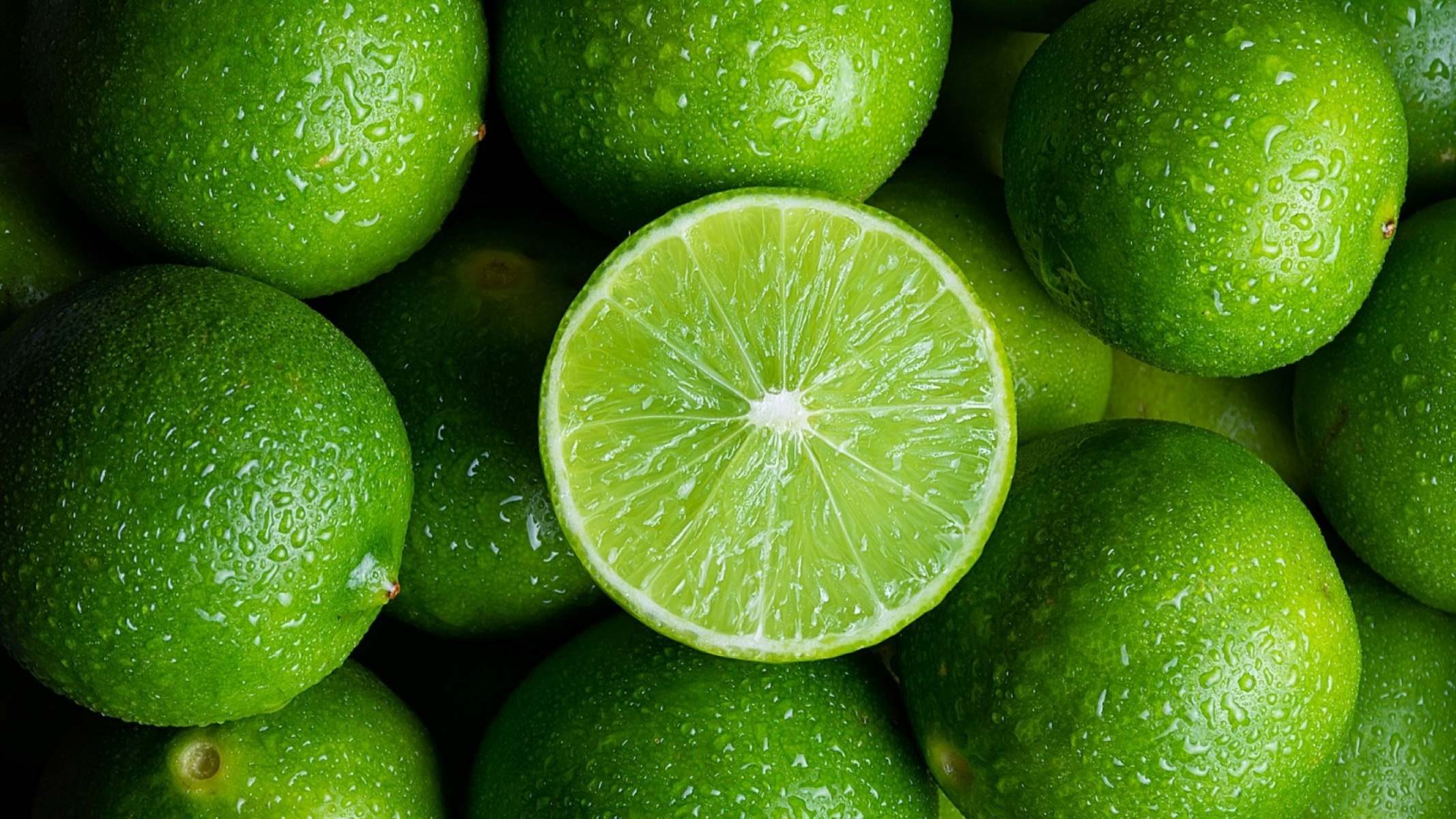

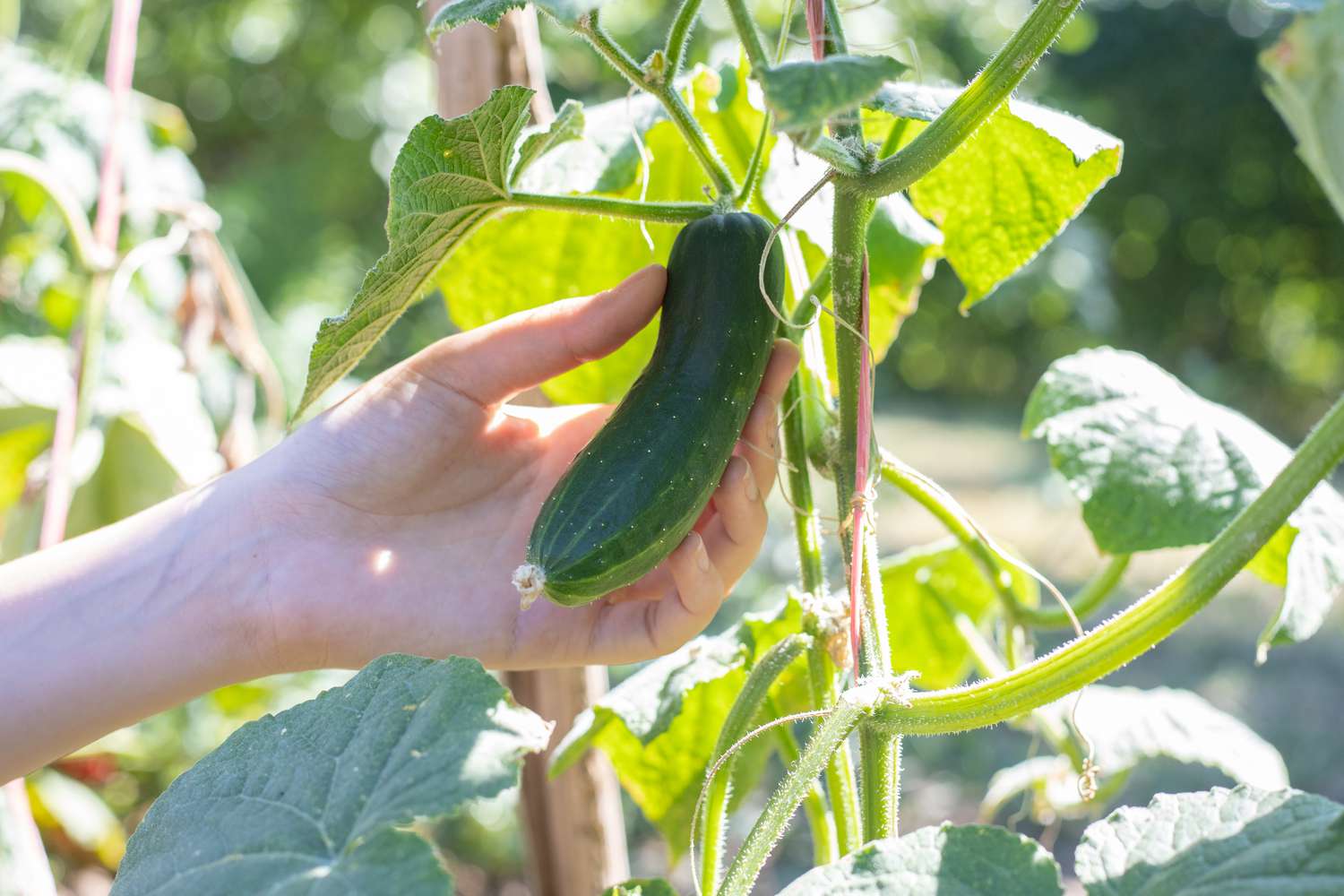

0 thoughts on “How Do Limes Grow Without Seeds”